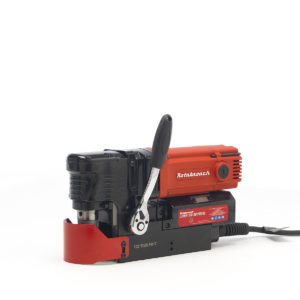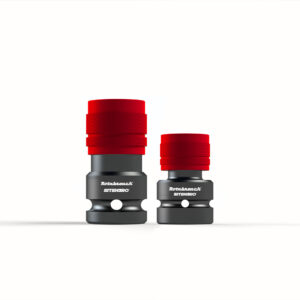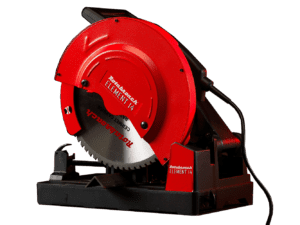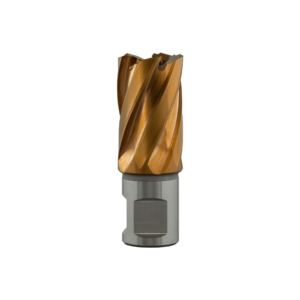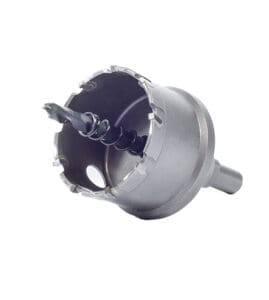Mag Drills
Magnetic drills, or mag drills, provide exceptional portability and versatility, allowing users to perform heavy-duty drilling operations on-site and in hard-to-reach locations. These tools use a magnetic base to securely attach to ferrous metal surfaces, providing a stable and precise drilling platform that reduces error and increases safety.
With options for Low Profile drills, for tight spaces, as well as permanent magnet and automatic options, the Rotabroach Element Range is a globally popular mag drill brand.
Key Benefits:
- Portability: Ideal for on-site work in hard-to-reach places.
- Precision: Magnetic base ensures stability and accurate cuts.
- Versatility: Compatible with various cutting tools such as annular cutters and twist drills.
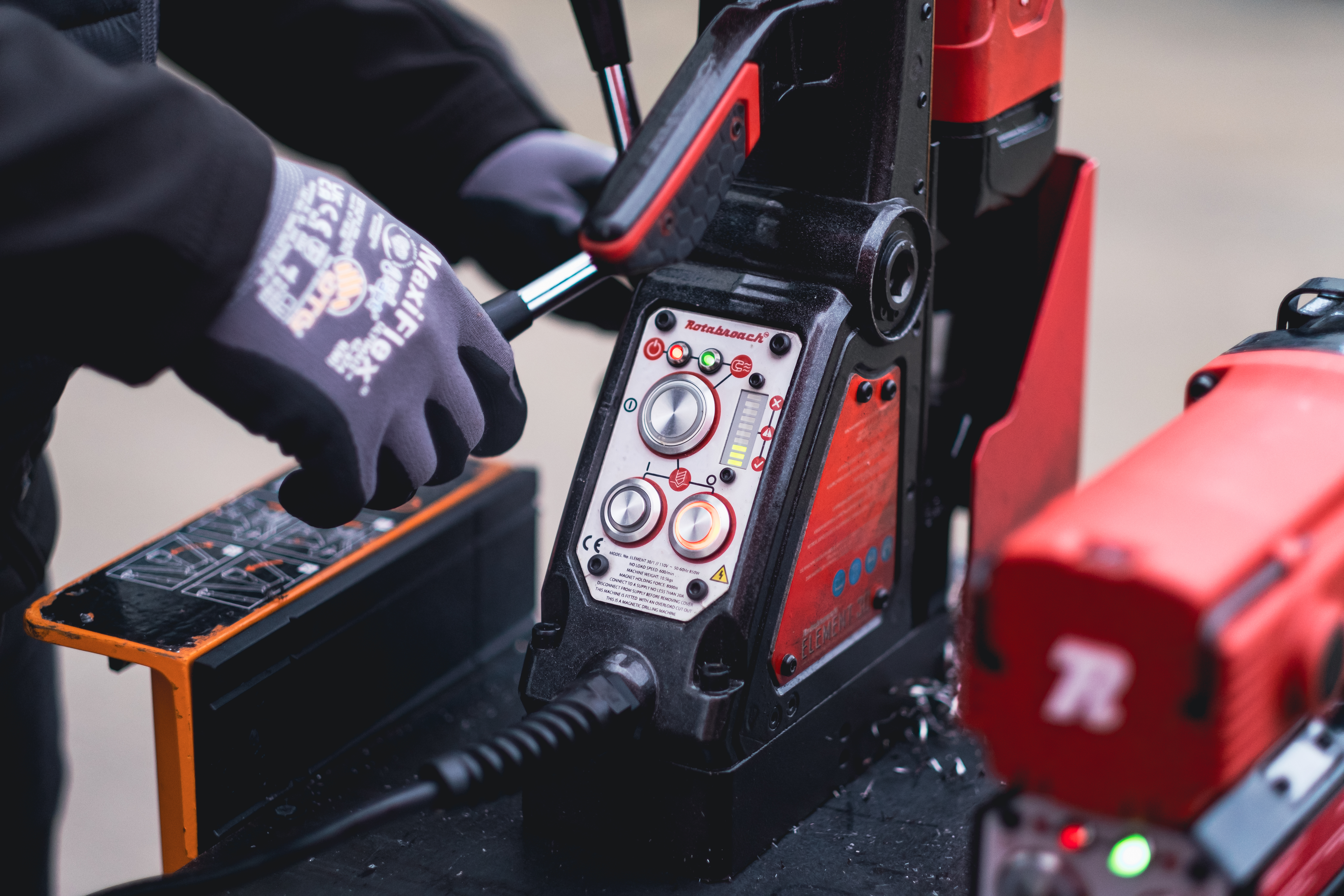

Mag drills are a powerful, portable metalworking solution designed for both on-site and workshop drilling. Larger drills in the Element Range are also capable of tapping and countersinking alongside drilling.
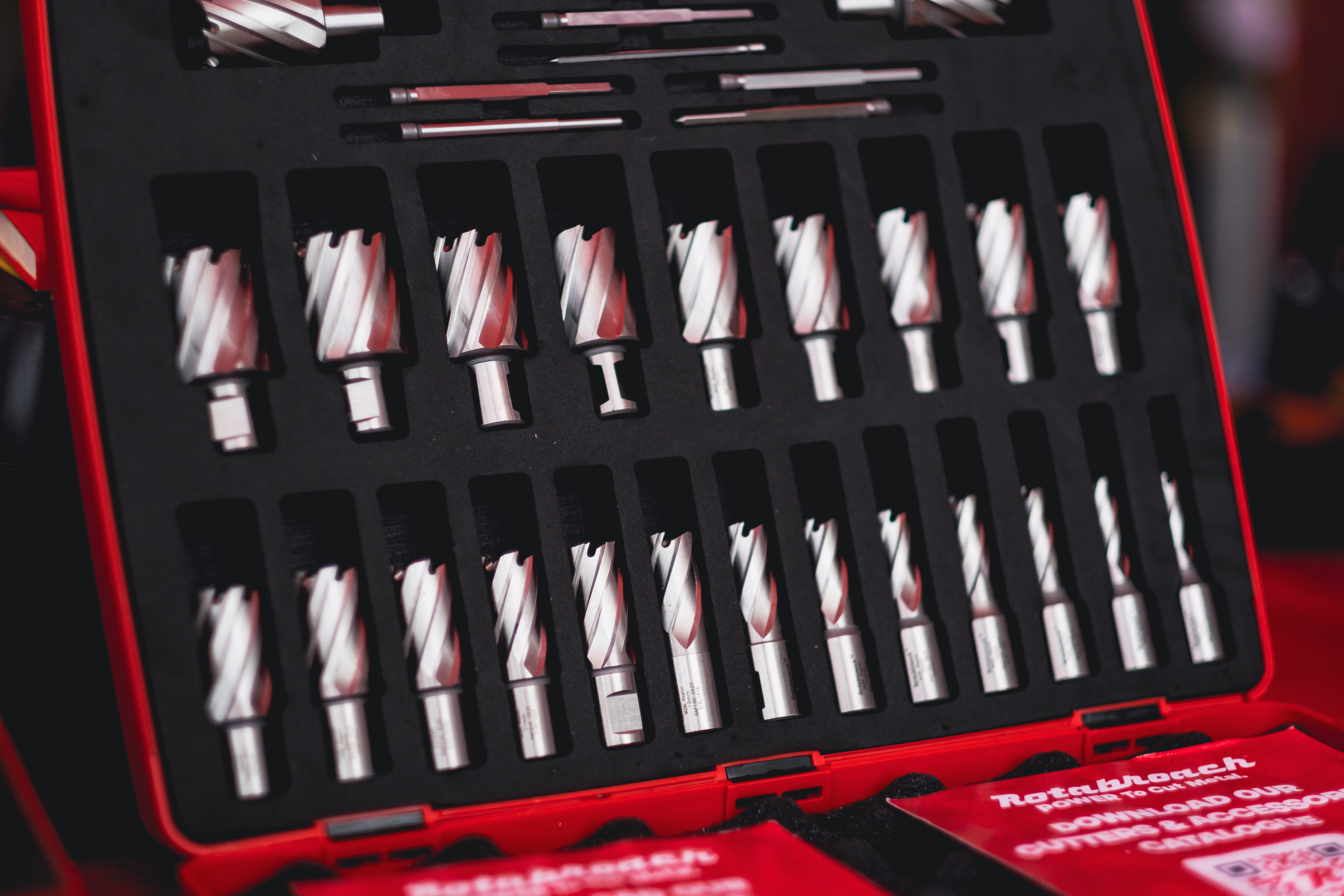
Annular Cutters
Annular cutters are high-precision tools used for creating clean, accurate holes in metal, often larger than what twist drills can achieve. These tools cut around the perimeter of the hole, leaving a solid core, reducing material removal and effort.
Key Benefits:
- Efficiency: Cuts faster than traditional drilling methods with minimal material waste.
- Precision: Creates smooth, burr-free holes, reducing the need for deburring.
- Durability: Carbide-tipped options provide long tool life and withstand tough materials like stainless steel and cast iron.

With a larger-than-ever selection of annular cutters, including all-new coated options, the Rotabroach cutter range covers all aspects of metal drilling.
Chop Saws
Chop saws are designed for heavy-duty metal cutting, particularly steel. They use abrasive discs or carbide-tipped blades to cut through thick metal stock with ease. The chop saw’s design allows for precision cross-cuts, making it ideal for applications requiring straight, clean cuts.
Key Benefits:
- Heavy-duty performance: Easily handles thicker and larger materials.
- Precision cutting: Ideal for straight, clean cross-cuts in metal.
- Speed: Quickly cuts through steel pipes, rebar, and metal tubing.
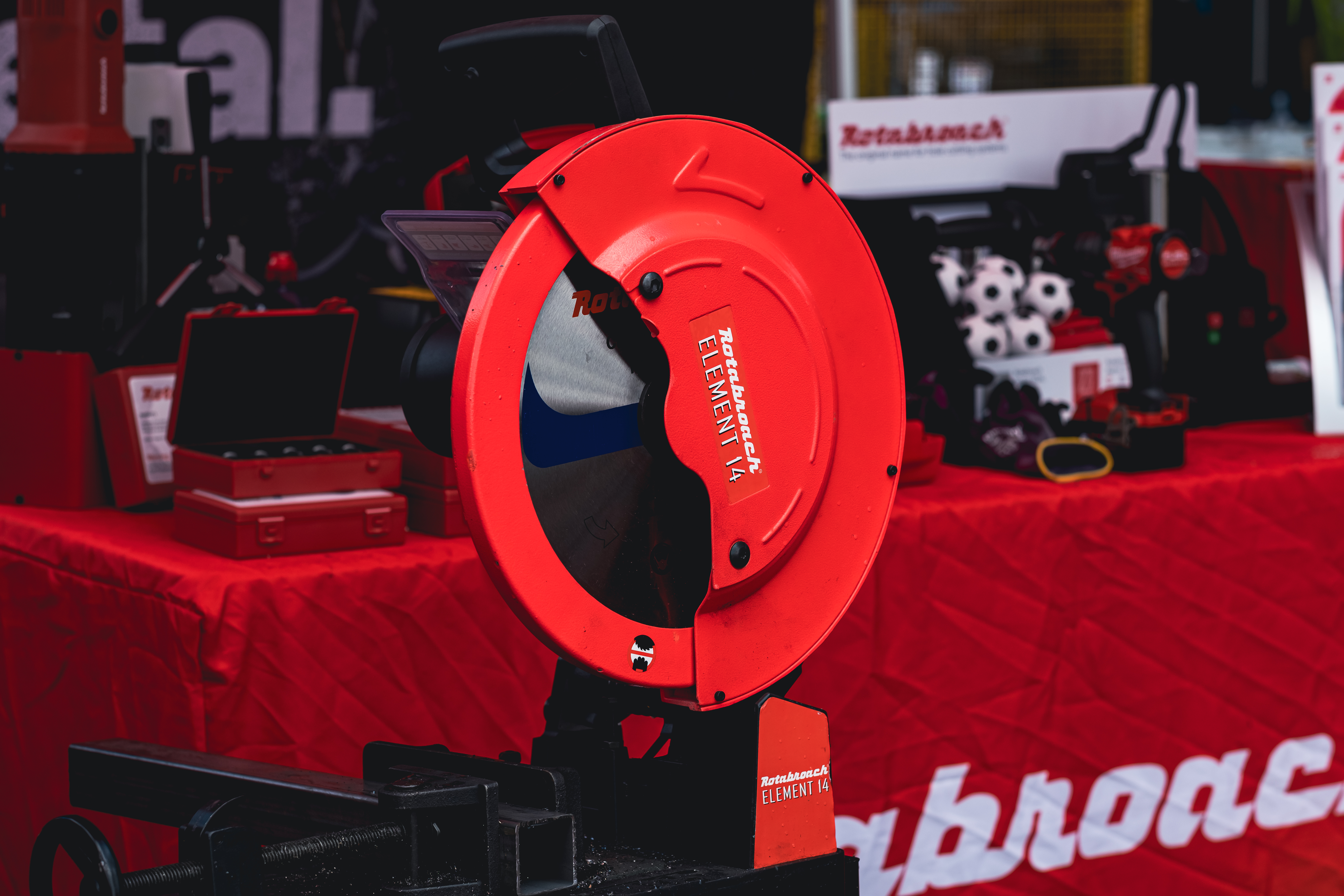

Ideal for efficiently cutting through pipe, rebar and other common site materials, our Element 14 chop saw and blades produce quick, spark-free cuts that are cool to the touch, right after cutting.

Holesaws
Hole saws are cylindrical cutting tools mounted onto power drills, used for cutting large, clean holes in metal. They are particularly effective for creating holes in materials like steel and aluminium for plumbing, electrical conduit, and HVAC installations.
- Versatility: Available in a wide range of diameters for various applications.
- Precision: Creates smooth, burr-free holes with minimal finishing work required.
- Durability: Bi-metal and carbide-tipped options withstand high heat and pressure.

Ideal for efficiently cutting through pipe, rebar and other common site materials, our specialist Cermet-tipped blades are perfect for use with chop saws – producing spark-free cuts, cool to the touch immediately after cutting.
![]()
Released in 2024, SITEH3RO™ is the all-new tool platform from Rotabroach, designed to turn any impact wrench into a multipurpose metalworking machine. With taps, step reamers, car reamers and step drills in the range, as well as a unique high-performance coating, SITEH3RO™ is the ideal metalworking solution on-site.
Key Benefits:
- Up to 75% longer life: The unique coating found on SITEH3RO™ products provides a greater tool life.
- Easy to use: The ‘Connect, Click, Go’ system makes switching between tools effortless.
- Faster metalworking: Without needing bulky machinery and generators to perform common metalworking.

Other Ways To Cut Metal
Tin Snips
Tin snips resemble scissors but are designed to cut through sheet metal. Their sharp jaws allow for precision cutting in straight lines or curves, making them versatile for sheet metal work.
Key Benefits:
- Control: Provides precise cuts with minimal effort.
- Cost-effective: An affordable solution for cutting sheet metal.
- Versatility: Available in left-, right-, and straight-cutting versions to handle different cutting needs.
Mini Hacksaw
Mini hacksaws feature thinner blades that are useful for making quick cuts in narrow spaces or when less material needs to be removed. They are especially effective for cutting bolts and smaller metal parts.
Key Benefits:
- Compact design: Ideal for tight spaces or precision cutting on smaller objects.
- Quick cutting: Thin blades allow faster cuts with minimal material loss.
- Affordability: A cost-effective tool for light-duty metal cutting tasks.
Bolt Cutters
Bolt cutters are designed for cutting through thick metal, such as bolts, chains, and wire mesh. They use long handles for leverage, allowing users to apply significant cutting force with minimal effort.
Key Benefits:
- Powerful cutting: Efficiently cuts through thick materials like rebar, chains, and bolts.
- Ease of use: Long handles provide excellent leverage for reduced effort.
- Durability: Built to handle tough materials without frequent replacement.
Angle Grinder
Angle grinders are versatile, handheld power tools used for cutting, grinding, and polishing metal. They are equipped with a rotating abrasive disc, making them ideal for cutting through various metal stocks.
Key Benefits:
- Versatility: Can cut, grind, and polish metal with interchangeable discs.
- Ease of use: Simple, straightforward tool for both professionals and beginners.
- Portability: Lightweight and easy to handle in tight or awkward spaces.
Mitre Saw
Mitre saws can be adapted for metal cutting when fitted with blades designed for non-ferrous metals. They provide angled cuts without requiring the user to support the machine’s weight, offering precision and ease of use.
Key Benefits:
- Precision: Makes accurate angled cuts, ideal for precise applications.
- Stability: Mounted design ensures stable cutting without manual support.
- Versatility: Cuts non-ferrous metals effectively when equipped with the correct blade.
Reciprocating Saw
A reciprocating saw is a versatile tool capable of cutting through metal, especially during demolition work. With the right blade, it can easily cut through nails, metal pipes, and other construction materials.
Key Benefits:
- Versatility: Can cut through metal, wood, and other materials with the right blade.
- Affordability: A cost-effective option for both light and heavy-duty cutting tasks.
- Accessibility: Ideal for cutting in confined or awkward spaces where larger tools cannot fit.


